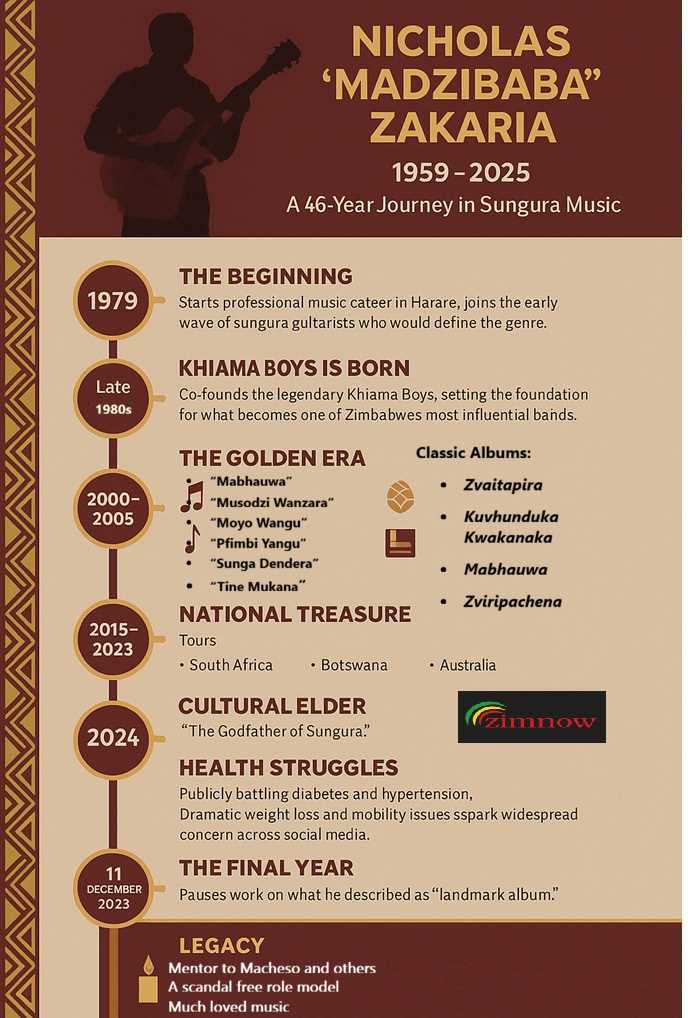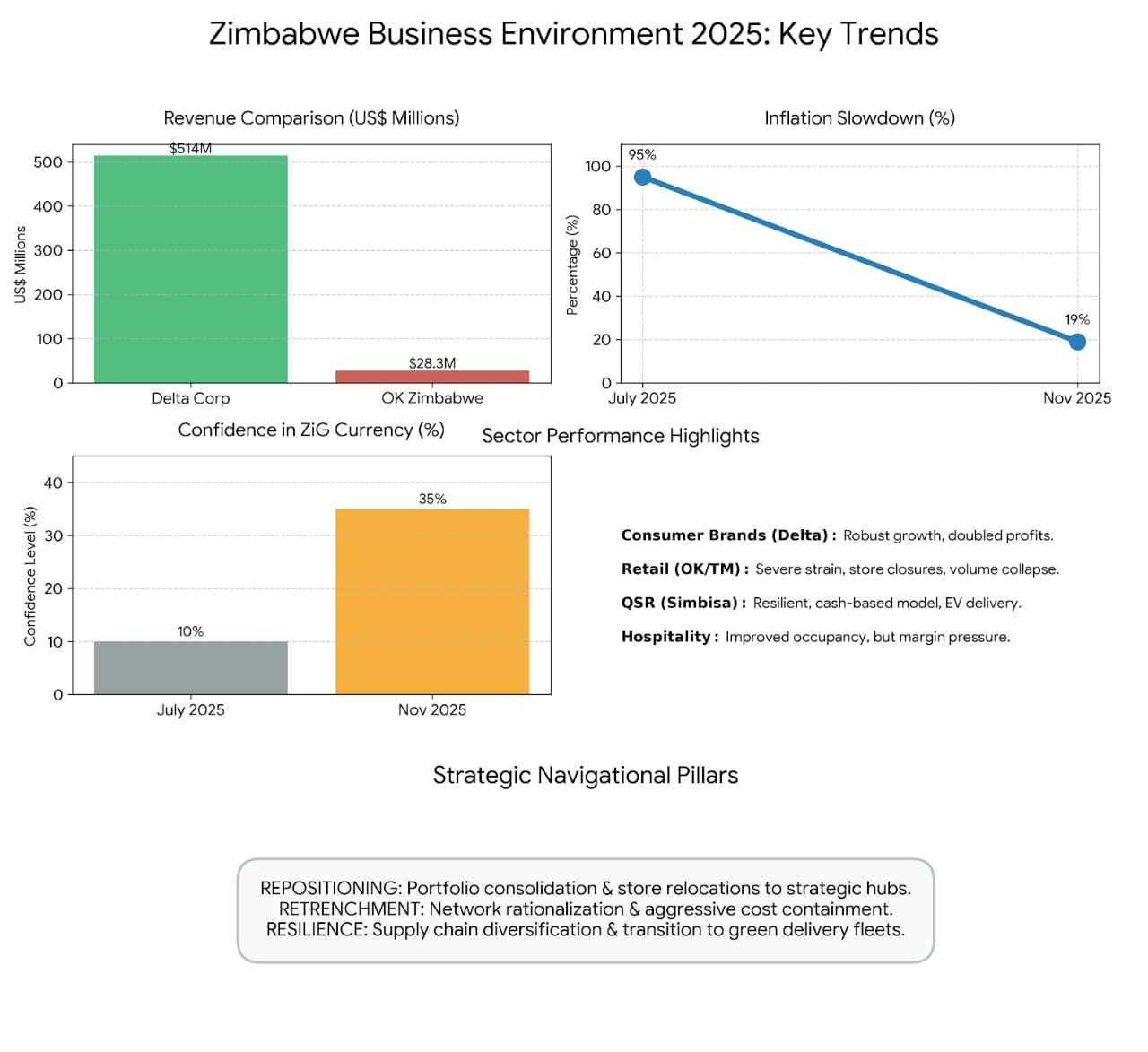
Zim Now Writer
The Reserve Bank of Zimbabwe has reduced the percentage of foreign currency that exporters can retain from 75% to 70%, with the remaining 30% now converted into Zimbabwe Gold.
This policy shift affects key export sectors such as mining and agriculture, which rely heavily on foreign currency for operational costs, including material procurement and salaries.
Exporters have previously argued that the 25% surrender requirement was already restrictive and had lobbied to retain at least 85% of their earnings in US dollars to protect their businesses.
Announcing the measure in the 2025 Monetary Policy Statement on February 6, RBZ Governor John Mushayavanhu emphasized that the move is aimed at strengthening the Zimbabwean dollar and increasing the supply of foreign currency in the interbank market.
"To guarantee continued stability in the interbank foreign exchange market, while also building critical foreign currency reserves needed to anchor the ZiG, the forex retention level for exporters has been reduced from 75% to 70%, with immediate effect."
Related Stories
"This adjustment aligns with the increased use of ZiG in the economy and ensures that exporters have sufficient local currency for tax payments and other obligations."
To mitigate concerns about currency depreciation, the RBZ has introduced a special fund allowing exporters to deposit the additional 5% surrendered in ZiG. They can later withdraw it at the official exchange rate.
"Exporters with no immediate use for the ZiG equivalent of the additional 5% can invest in a USDDDF at the Reserve Bank and withdraw funds in ZiG on demand at the prevailing interbank exchange rate."
Despite this provision, exporters remain skeptical. Most of their operational costs, including energy bills—their biggest expense—are in US dollars.
A lower forex retention rate means they must source more foreign currency elsewhere, potentially increasing financial strain.




















Leave Comments